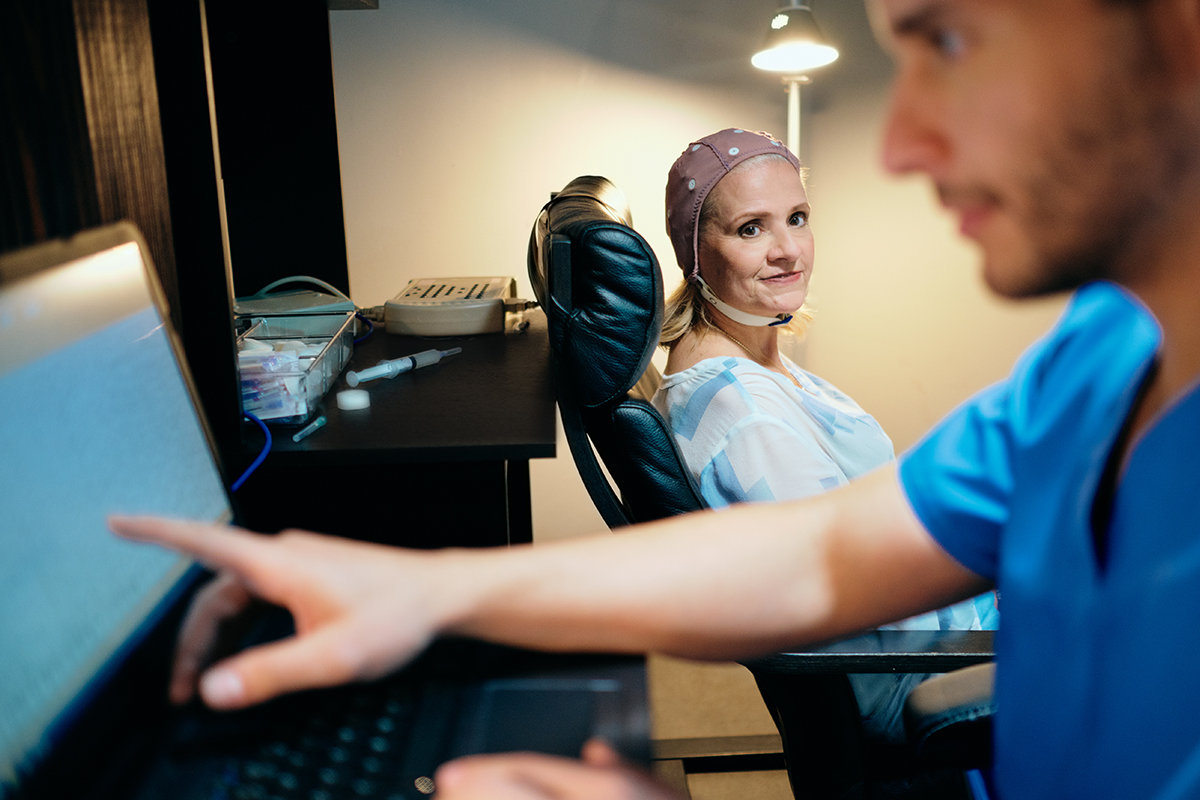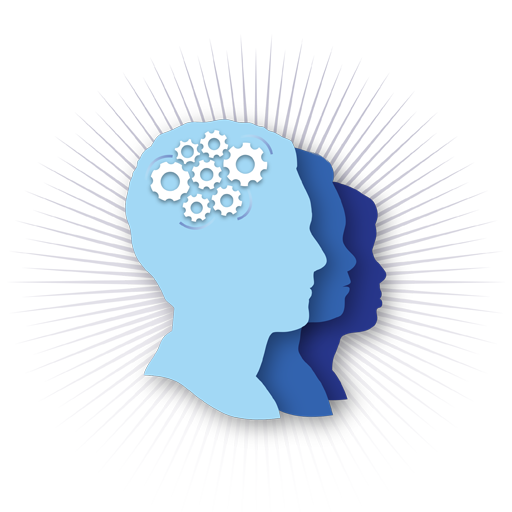
The History of Neurofeedback: Part III
The History of Neurofeedback: Part III
By Ari Goldstein, Ph.D.
Educational Psychologist, Chicago Illinois
Ever since the 1970’s, when scientists like Dr. Barry Sterman and Dr. Joe Kamiya first demonstrated that patients with epilepsy could avoid seizures by regulating their own brain activity, quantitative electroencephalography, also called neurofeedback, has had a place in medicine. Later, when Dr. Joel Lubar and others demonstrated that neurofeedback was also effective in treating children and young adults with attention-deficit hyperactivity disorder (ADHD), pediatricians and educators took notice of it as well.
Yet traditional health care providers remained skeptical about neurofeedback.
Unlike pharmaceuticals, the effectiveness of neurofeedback therapy has been hard to prove via traditional tests that include blind studies and large groups of subjects. The result has been that psychiatrists and MDs have been slow to consider neurofeedback for their patients, relying instead on “proven” pharmaceuticals such as Vimpat, Zoloft, Ritalin and similar medications. Many seemed to feel that the anecdotal histories of patients who were helped by neurofeedback could just have been the “exceptions that prove the rule” rather than typical of a whole groups of people with similar disorders.
But in the 1990’s, research began to catch up with anecdotal findings.
In 1990, the Congress of the United States passed Joint Resolution 174, designating the period from January 1, 1990 to December 31, 2000, as the “Decade of the Brain.” This legislation, signed by President George H. Bush, signified a united effort of national resources including the Library of Congress and the National Institute of Mental Health.
Dedicated to enhancing public awareness of the benefits to be derived from brain research, this legislation provided new funding and enlisted the support of both the public and private sectors. As a result, researchers and scientists around the country were able to pursue advanced investigations of brain function, examine the causes of brain disorders more closely and develop more options for treating them.
One result was Functional Magnetic Resonance Imaging (fMRI), a new measure of brain activity.
This cutting-edge technology uses a functional neuroimaging procedure that can measure brain activity by noting changes associated with the way blood flows in the brain. Inspired by the discovery that cerebral blood flow and neuronal activation are connected, this technology was able to correlate the increase in brain activity to an increase in blood flow to certain areas of the brain. When Functional Magnetic Resonance Imaging (rtMRI) was used to measure brain activity in real time, the results seemed to support some of the claims made about the effectiveness of neurofeedback therapy.
Thus, the National Center for Biotechnology Information revealed that “several groups have reported successful application of rtfMRI to modify cognitive and behavioral processes relevant for the treatment of clinical disorders.1” The article containing this quote goes on to note that because of a small sample size and lack of critical control conditions these results could not be regarded as definitive. “Nevertheless, this important early work supports the investment in RCTs of rtfMRI for the treatment of some brain disorders. 1”
The mainstream press also took note of neurofeedback’s effectiveness.
In a piece on neurofeedback that ran in the Health Science section of the Washington Post, author Arlene Kardis declared, “Researchers who endorse the technique say they don’t know exactly how it works but they say the changes in brain waves result in improved ability to focus and relax.”2 The Kardis’ article also demonstrated that the therapy is being used to treat a wide range of conditions from PTSD in veterans to ADHD in school children and adults.
Neurofeedback has been used for several years by Homecoming for Veterans, a national outreach program composed of clinicians across the country who treat veterans suffering from PTSD and other brain conditions free of charge. Hundreds of American veterans who have enjoyed these services claim that they were able to get their lives back on track again, thanks to this therapy.3
Traditional medicine becomes more accepting of neurofeedback
After the Decade of the Brain, several professional associations which had previously been skeptical about neurofeedback, seemed more open to the possibility that it offered a potential alternative to pharmaceuticals to treat brain disorders. In a cover story from the American Psychology Association web site, the authors postulate, “Early studies indicate that feedback with real-time functional magnetic resonance imaging (fMRI) could help in treating clinical disorders including depression, schizophrenia, addiction and chronic pain.” 4
Another sign that medical professionals were more open to accepting the potential of neurofeedback recently came from the prestigious American Association of Peditricans. A website article on an AAP study of 104 children with Attention Deficit Hyperactivity Disorder (ADHD) reported, “Neurofeedback, a type of training using a computer program for children with attention-deficit/hyperactivity disorder (ADHD), can contribute to lasting improvements for these children.”5
As you can see, Neurofeedback is now being used to treat a host of conditions in patients of all ages. We’re sure that this is just the beginning as the Decade of the Brain gives way to a Millennium of Mindfulness – full of new developments, new discoveries and new solutions for patients seeking happier, healthier and more fulfilling lives.
If you’d like to learn more about how neurofeedback can help depression, anxiety, learning disabilities, Attention Deficit Disorders, post-traumatic stress disorder and more please contact us for a consultation.
References
1 “Optimizing real time fMRI neurofeedback for therapeutic discovery and development,”
PubMedGove, http://www.ncbi.nlm.nih.gov/pubmed/25161891, (July 10, 2014)
2 Arlene Kardis, “Therapists are Using Neurofeedback to Treat ADHD, PTSD and Other Conditions,” Washington Post, https://www.washingtonpost.com/national/health-science/therapists-are-using-neurofeedback-to-treat-adhd-ptsd-and-other-conditions/2015/01/16/b38e6cee-5ec3-11e4-91f7-5d89b5e8c251_story.html, (January 2015)
3 Rachel Weick, “Neurofeedback Treats Veterans with PTSD,” http://www.grbj.com/articles/79745-neurofeedback-treats-veterans-with-ptsd, (May 23, 2014)
4 “Positive feedback,” American Psychological Association, Monitor on Psychology http://www.apa.org/monitor/2016/03/cover-feedback.aspx, (March 2016)
5 “In-School NeurofeedbackTraining for ADHD: Sustained Improvement From a Randomized Control Trial,” American Academy of Pediatrics://www.aap.org/en-us/about-the-aap/aap-press-room/pages/computer-feedback-can-help-students-with-adhd.aspx?nfstatus=401&nftoken=00000000-0000-0000-0000-000000000000&nfstatusdescription=ERROR:+No+local+token, (February 17, 2014)
Related Posts
Depression Part II: Therapeutic Treatment Options
Some say the depression is an affliction that is exasperated, if not caused by...
The Screen Time Debate
Screen Time: How Much Is Too Much? Ari Goldstein, Ph.D. Look around in any...
Exercise for Depression
“Mens sana in corpore sano” Exercise to Treat Depression and Improve Overall...
Can Neurofeedback Train the ADHD Brain?
Living with Attention Deficit Hyperactivity Disorder (ADHD) presents daily...





